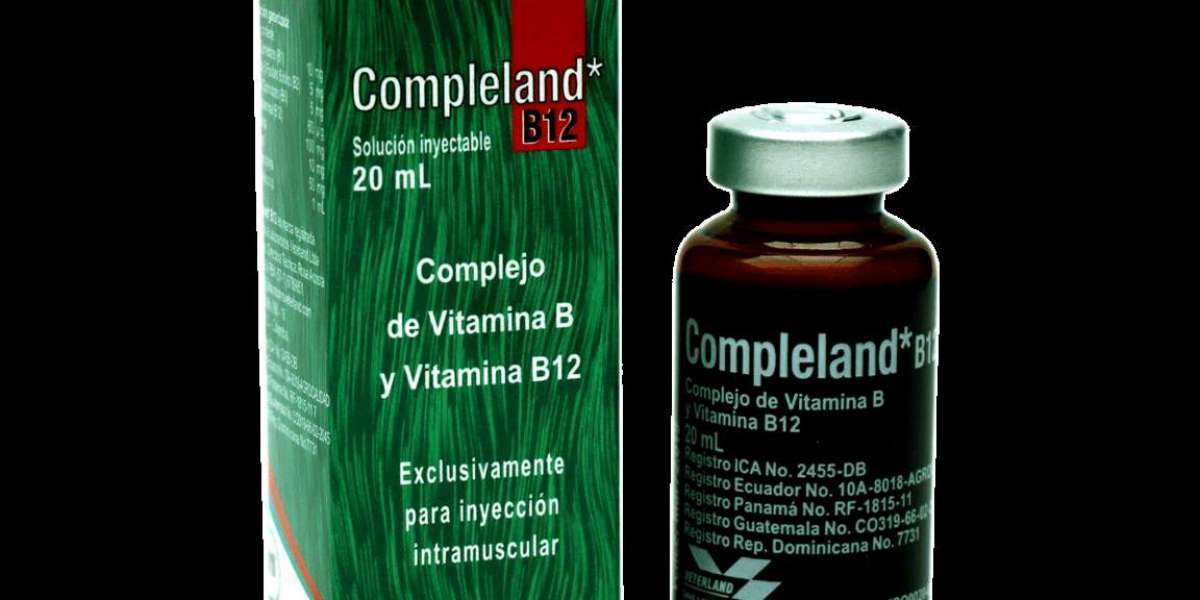It’s completely normal to be curious or concerned about what’s happening in your body, especially when something feels out of the ordinary. One such situation that often puzzles women is noticing a yellow discharge after a period. Is it a sign of an infection, hormonal changes, or just part of the natural cycle? In this article, we’ll explore the potential causes, help you understand when it’s nothing to worry about and highlight when it’s time to consult a healthcare professional.
What Is Yellow Discharge and Why Does It Happen?
Yellow discharge is a type of vaginal secretion that may appear pale or bright yellow. It’s often caused by natural processes in the body, such as the clearing of leftover menstrual blood or hormonal shifts.
However, its appearance can also depend on other factors like diet, stress, or health conditions. In most cases, yellow discharge is harmless and part of the body’s way of maintaining vaginal health. Understanding its causes helps differentiate between normal and concerning situations.
The Role of Hormones in Vaginal Discharge
Hormones play a key role in regulating vaginal discharge throughout the menstrual cycle. Estrogen and progesterone levels fluctuate, influencing the quantity and texture of discharge.
After a period, rising estrogen levels can cause a slight yellow tint as cervical mucus production increases. This hormone-driven change is a natural process, but sudden or extreme alterations in discharge might signal an underlying hormonal imbalance.
Is Yellow Discharge After a Period Normal?
In many cases, yellow discharge after a period is completely normal and harmless. It often occurs as the body expels leftover blood or tissue from menstruation, mixing it with regular cervical mucus.
This discharge is usually light in color and odorless, lasting only a few days. However, if it comes with symptoms like a foul smell, itching, or discomfort, it might indicate an infection or other issue requiring attention.
Common Causes of Yellow Discharge After Menstruation
Several factors can contribute to yellow discharge after your period. Residual menstrual blood mixing with vaginal secretions is one of the most common causes. Other potential reasons include natural hormonal changes, minor infections, or even a reaction to certain personal care products.
Sometimes, it could also result from normal bacterial activity in the vagina. Identifying the cause often depends on accompanying symptoms.
When to Worry About Yellow Discharge
While yellow discharge is often normal, it can sometimes be a sign of an underlying problem. If it’s accompanied by a strong odor, itching, or pain, it could indicate an infection like bacterial vaginosis or an STI.
Similarly, dark yellow or greenish discharge may suggest inflammation or a more serious health concern. Persistent or worsening symptoms should never be ignored and warrant a visit to a healthcare provider.
How to Differentiate Normal and Abnormal Discharge
Normal yellow discharge is usually light, odorless, and free from any irritation. Abnormal discharge, on the other hand, maybe thicker, darker, or accompanied by a bad smell, itching, or pelvic discomfort.
Changes in color, consistency, or volume, particularly if sudden, are key indicators of an issue. Paying attention to these differences helps determine whether medical attention is necessary.
Medical Conditions Linked to Yellow Discharge
Certain medical conditions can cause yellow discharge. Bacterial vaginosis and sexually transmitted infections like gonorrhea or chlamydia are common culprits. Other conditions, such as pelvic inflammatory disease or cervicitis, can also result in abnormal yellow discharge.
These issues often come with additional symptoms like pain, fever, or unusual bleeding, highlighting the need for prompt medical evaluation.
Home Remedies for Mild Yellow Discharge
For mild cases of yellow discharge without concerning symptoms, simple home remedies can help. Washing with warm water and using unscented, gentle products maintains vaginal hygiene.
Probiotic-rich foods like yogurt can support healthy bacteria balance. Avoiding tight clothing and staying hydrated also promotes vaginal health. These remedies are great for managing normal discharge but are not substitutes for medical care if symptoms persist.
Preventing Abnormal Vaginal Discharge
Maintaining good hygiene is essential to prevent abnormal discharge. Use breathable fabrics like cotton underwear to reduce moisture buildup. Avoid douching, as it disrupts the vagina’s natural balance.
Staying hydrated, eating a balanced diet, and managing stress can also positively impact vaginal health. Regular check-ups with a healthcare provider ensure that any potential issues are caught early.
When Should You Consult a Doctor?
If the yellow discharge persists or is accompanied by symptoms like foul odor, itching, pain, or unusual bleeding, it’s time to see a doctor. These signs could indicate infections or other health concerns that require treatment.
Regular gynecological exams are also a proactive way to address any vaginal health issues before they become serious. Trusting your instincts and seeking medical advice can help maintain overall well-being.
Conclusion
Experiencing yellow discharge after a period is usually just a part of your body’s natural processes. However, understanding the potential causes and knowing when to seek help can make all the difference. Trust your instincts, your health and peace of mind are worth it!








